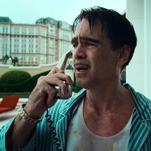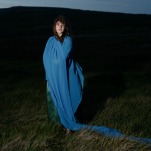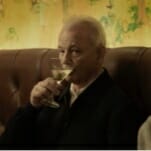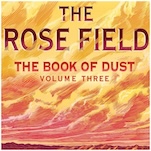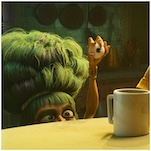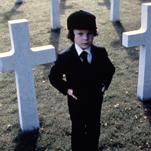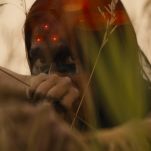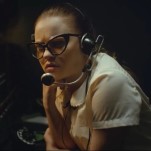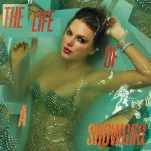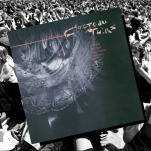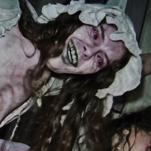The Burning Girls’ Potential Is Snuffed Out by Its Half-Baked Folk Horror
Photo Courtesy of Paramount+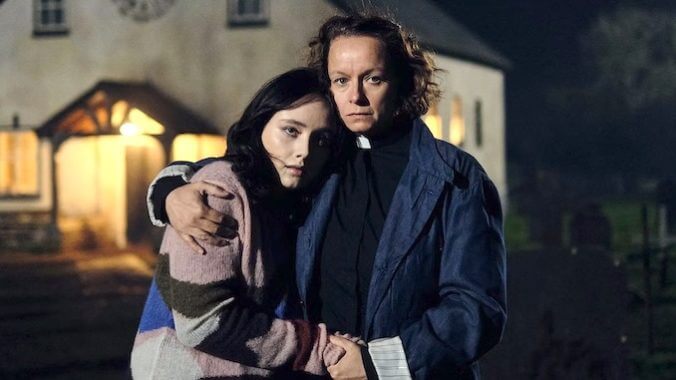
We need to have a talk about underbaked folk horror. As we celebrate The Wicker Man’s 50th anniversary, we’re starting to see a lot more rural, British, spooky tales that float ideas of religious fanaticism, un-Christian rituals, and vague sermons on hallowed ground and the earth-inheriting sinful secrets or whatever. Compared to The Wicker Man and other lo-fi but unsettling, subversive treatises on humanity’s dark communes, these prestige-polished takes feel limp.
For every Penda’s Fen, A Field in England, and Enys Men, we get Men, The Third Day, In the Earth, and now Paramount+’s adaptation of twisty village thriller The Burning Girls. Let’s set the record straight: if it doesn’t come with genuinely imaginative and visual explorations of pagan terror and how we’re spiritually bonded with sick earth, don’t bother; that’s not folk horror you’re drinking, it’s just sparkling small-town mystery.
The Burning Girls is no folk horror, at least not for the three episodes made available to reviewers. It’s unclear if The Burning Girls would describe itself as folk horror, but it certainly contains enough window dressing for critics to describe it as such—haunted twins, sacrificial children, deep psychological rifts that propel ugly secrets to the surface. Oh, and foggy moors.
Based on C.J. Tudor’s novel, The Burning Girls centers on Jack Brooks (Samantha Morton), a burned-out vicar and widow who, along with her feisty teenage daughter Flo (Ruby Stokes), takes up vicarage in Chapel Croft, a tiny, overcast English village where seemingly everybody has a dead parent or child, and their claim to fame is burning two innocent girls in the 1500s for not giving up the Protestant faith. Based on that, you can guess how friendly it is.
Jack is trying to distance herself from a scandal in her old parish over a dozen years prior where, as we learn in distorted, fragmented flashbacks, several deaths happened under her watch. Flo is keen to leave the trauma in the past, but it’s so far unclear how much the past has been bothering them for the past 13 or 14 years—a key example of the writers keeping important details at arm’s length for mystery-plotting reasons.
That’s not the only repressed scandal going on; 30 years before the show takes place, two rebellious teenage girls, Merry (Mollie Holder) and Joy (Safia Oakley-Green), ran away never to be heard from again. What’s more, Jack is only Chapel Croft’s new vicar because the previous one committed suicide. While there’s no shortage of dramatic happenings bubbling beneath the surface (including a different missing vicar, dead and/or haunted children, and lots of people losing their sanity), by the third episode, you find yourself lost in tangled knots of backstory and clue-laying. There is simply too much plot going on in this village.
-

-

-

-

-

-

-

-

-

-

-

-

-

-

-

-

-

-

-

-

-

-

-

-

-

-

-

-

-

-

-

-

-

-

-

-

-

-

-

-

